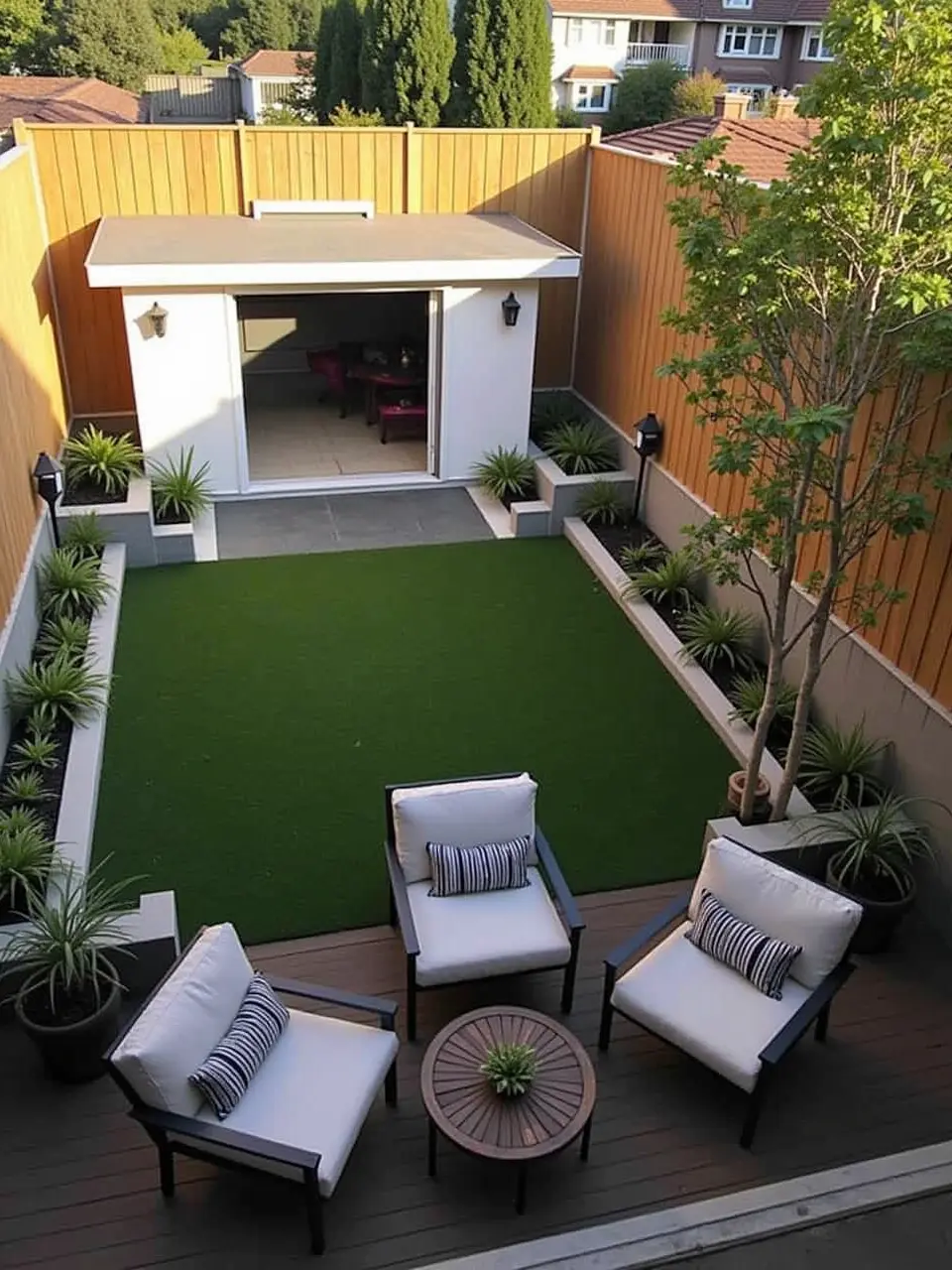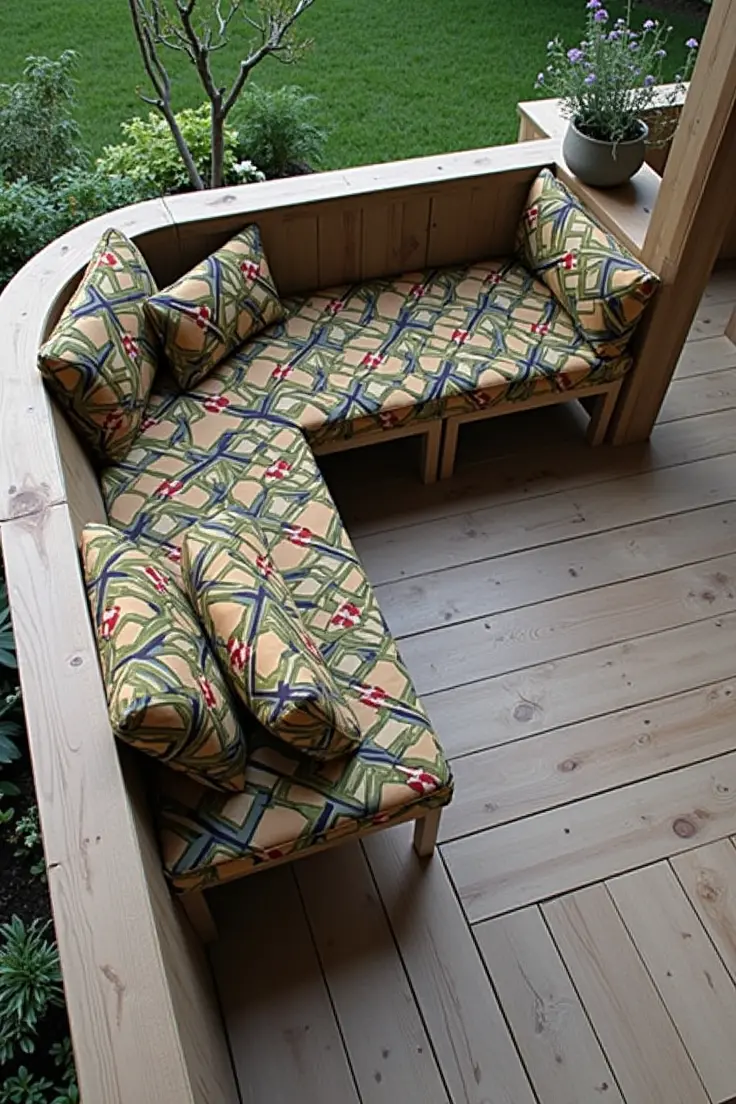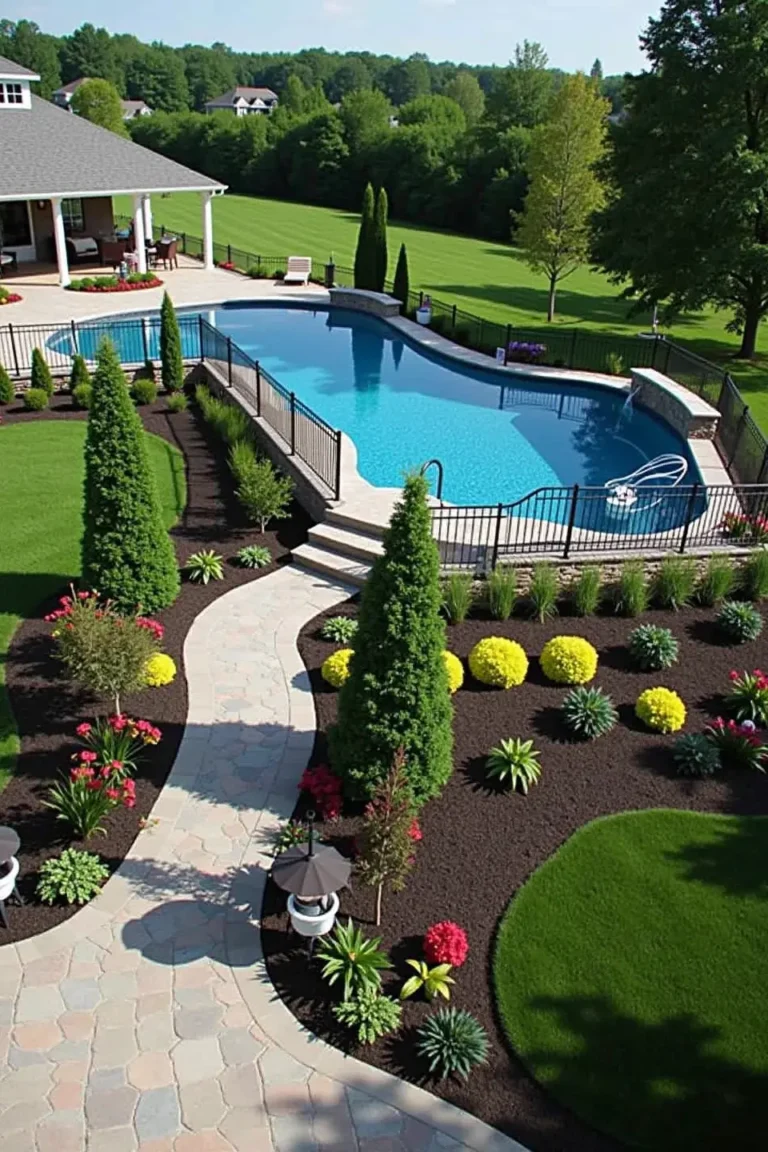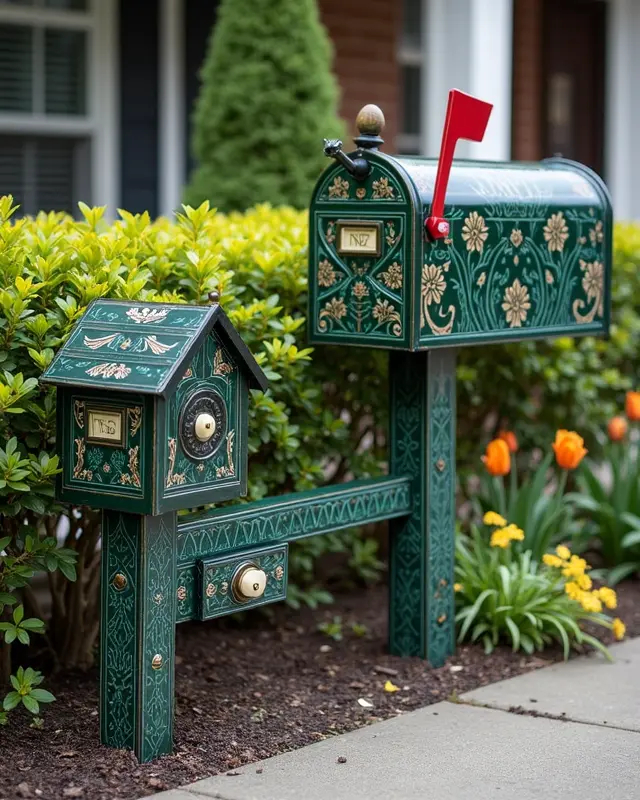Transform Narrow Garden Layouts with Expert Tips
Narrow Garden Layouts + Design Tips to Make Them Work For You
Introduction: Embrace the Charm of Narrow Gardens
Picture this: you step into your narrow garden, where the sweet scent of blooming flowers dances in the air, and the vibrant greens spring to life around you. Though the space may be limited, the potential is limitless! Whether you have a long strip along your home or a compact urban lot, narrow gardens can be transformed into stunning outdoor retreats. In this guide, we’ll explore design tips and layouts that maximize beauty and functionality, so you can make the most of your narrow garden.
Understanding Narrow Garden Layouts
Narrow gardens typically come in various shapes and sizes, but they often feature limited width and elongated lengths. The challenge lies in making these dimensions work to your advantage. Imagine creating a serene pathway flanked by lush greenery or an inviting seating area that draws you outdoors. The secret? Smart design choices!
1. Vertical Gardening: Reach for the Sky
When space is tight, consider going vertical. Vertical gardens make excellent use of upward space, allowing you to cultivate herbs, flowers, or even vegetables without sprawling out horizontally. You can install wall planters, trellises, or even repurpose old wooden pallets as garden beds. The aesthetic appeal of cascading plants can create an enchanting atmosphere while also saving precious floor space.
2. Define Zones with Pathways
Creating defined zones within your narrow garden can enhance its functional beauty. Use pathways to guide visitors through your garden, allowing for easy movement and exploration. Gravel, stone, or stepping stones work beautifully to separate areas, creating a sense of flow and direction. Consider incorporating curves instead of straight lines to soften the look and make the garden feel more inviting.
3. Layering and Plant Heights
To add depth to your narrow garden, consider the heights of your plants. Use taller plants at the back, gradually graduating to shorter species as you approach the front. This layering technique ensures that all plants are visible and can bask in the sunlight. Choose a mix of perennials and annuals for year-round interest and consider including some evergreens for winter color.
Color Schemes and Themes
4. Choose a Cohesive Color Palette
A strong color scheme can elevate the overall aesthetic of your narrow garden. Pick a palette that complements your home and coordinates with the surroundings. Soft pastels create a tranquil escape, while vibrant hues add a playful spirit. Don’t forget to integrate varied foliage textures to enrich the visual experience, adding depth and intrigue to the space.
5. Create a Focal Point
Every garden needs a focal point to draw the eye and create a sense of purpose. This could be a statement piece such as a striking sculpture, a decorative water feature, or even a unique plant arrangement. Position your focal point strategically, so it’s visible from different angles, making your narrow garden feel more open and inviting.
Functional Elements: Balancing Aesthetics and Use
6. Incorporate Seating Areas
Transform your narrow garden into a sanctuary by adding cozy seating areas. A small bench or even a couple of chairs strategically placed can create an inviting nook for relaxation. Opt for multi-functional furniture, like stools that serve as tables, to maximize your space. Surround seating with fragrant plants or colorful blooms to enhance the experience.
7. Utilize Containers and Specialty Planters
Container gardening is a perfect solution for narrow spaces. Use varied pot sizes and shapes to create visual interest while growing diverse plant species. Consider hanging planters or rail-mounted boxes for additional planting space. The versatility of containers allows for changes with the seasons, keeping your garden fresh and exciting all year round.
Incorporating Lighting for Ambiance
8. Outdoor Lighting Magic
Don’t let your narrow garden fade into darkness at night! Thoughtful lighting can enhance the beauty of your garden while extending your enjoyment into the evening hours. From string lights draping across your seating area to solar-powered path lights illuminating your walkways, lighting creates ambiance and safety.
Conclusion: Transform Your Narrow Garden into a Dream Space
In a world where outdoor spaces often feel limited, embracing the unique challenge of narrow gardens can lead to surprising beauty and peace. By incorporating designs that harmonize functionality with aesthetics, you can create a garden that truly reflects your personality and style. Remember, your narrow garden can be a sanctuary, a place for joyful gatherings, or a peaceful retreat—you just need to unlock its potential.
Frequently Asked Questions (FAQ)
1. What are the best plants for narrow garden layouts?
Look for plants that have a vertical growth habit, such as delphiniums, foxgloves, or certain types of ferns. These can add height without consuming too much horizontal space.
2. How can I add privacy to my narrow garden?
Consider tall trellises with climbing plants such as clematis or ivy. Additionally, strategically placed outdoor screens and tall shrubs can help foster a private environment.
3. Can I grow vegetables in a narrow garden?
Absolutely! Utilize vertical gardening techniques with wall planters or trellises for climbing vegetables like tomatoes and cucumbers. Raised beds can also be made narrow and long to fit your space efficiently.
4. What is the best way to keep narrow pathways clear?
Choose hardscaping materials like gravel or pavers that allow for easy maintenance and ensure pathways are wide enough for comfortable movement, typically at least 2 feet.
5. How can lighting enhance a narrow garden?
Incorporating lighting can create ambiance for evening enjoyment, guide guests along pathways, and highlight garden features. Use a mix of overhead lighting, spotlights, and soft accent lights for a warm atmosphere.



